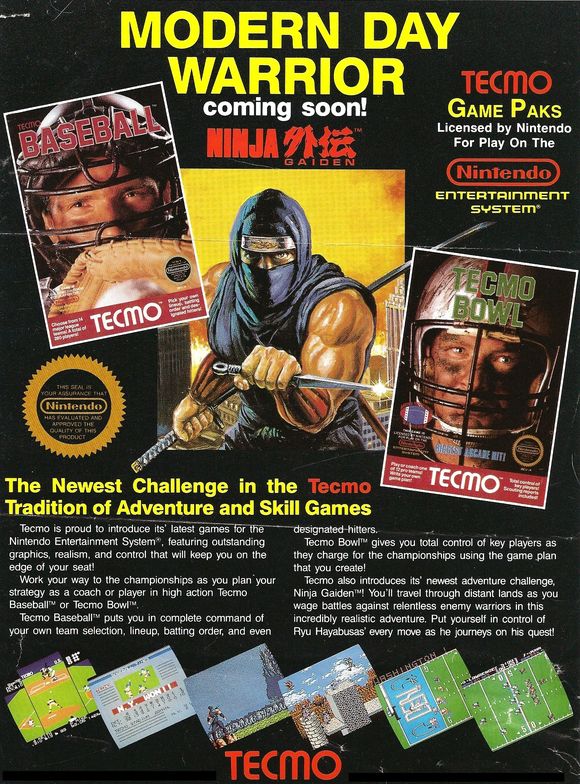Ever wonder if game developers, studios, and/or publishers are storing the games they make for preservation of the future or not? Well John Andersen over at Gamasutra has, and asked various different developers from all over the globe in the past two years about what methods they utilize (if any) to storing their data.
Yosuke Hayashi responded as Team NINJA/Tecmo for their practice in Part 2 of the column. Below is a transcript of Hayashi's words, but if you're interested in seeing what other developers do and why this is important then I suggest you read over Part 1 and Part 2:
Yosuke Hayashi responded as Team NINJA/Tecmo for their practice in Part 2 of the column. Below is a transcript of Hayashi's words, but if you're interested in seeing what other developers do and why this is important then I suggest you read over Part 1 and Part 2:
John Andersen said:Yosuke Hayashi, leader of Tecmo Koei's Team Ninja, supports game preservation from a technical and historical point of view (citing the importance and recognition Sega's Virtua Fighter has received from the Smithsonian Institution). Hayashi does, however, share the same concerns in regards to the security of its game data, concerns that are similar to those of Square Enix.
"Source files are the heart and soul of every idea. As these are all in digital format, there is always a possibility of these being copied. As well as storing these carefully, I think that we need to also think as to how we can protect these with high-level security measures. In order to also be able to establish the origin of each source code, I think that we should also start thinking about embedding a cryptography key into the source code as well."
Team Ninja and other departments within the company utilize different methods to back up their own data, along with other materials, as Hayashi explains:
"Some of the methods for back up that we take are that we back up files, tools, etc. -- everything that is digital format. And all digital data is stored in a server room, and we frequently back this up onto different media storages just in case."
"For marketing and design assets, our other departments store that separately on their own devices to make sure that this data is also safe and sound."
Hayashi speaks here about how perservation has been implemented at Team Ninja, and how the lack of preservation practiced in the NES era directly impacted the team:
"All these problems that have to deal with legacy devices are threats that really make some bad days over at the office. At Team Ninja, we have been aware of this problem since the mid '90s when we released the first Dead or Alive in 1996. At that time we decided to give up using floppy disks to back up data and instead relied on servers to back up information. Since servers are fairly standard nowadays, thinking ahead like this really helped us to prevent unnecessary data loss over the years."
"One of the challenges that we faced here was when we had to port the original NES version of Ninja Gaiden to the Xbox Ninja Gaiden. The problem is that we couldn't pull out the program data for the ROM because, at the time, the team wasn't really concerned about data backup. The source data ended up being the assembler, and the whole source was inside the EPROM."
ROM refers to the read only memory of the completed cartridge; EPROM refers to an early development version of the data on a special cartridge.

A "Coming Soon" flyer from Tecmo showing Ninja Gaiden, Tecmo Bowl and Tecmo Baseball for the NES.
Last edited:
